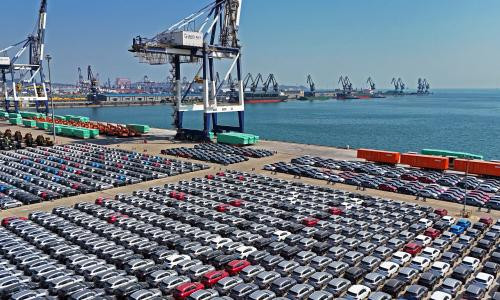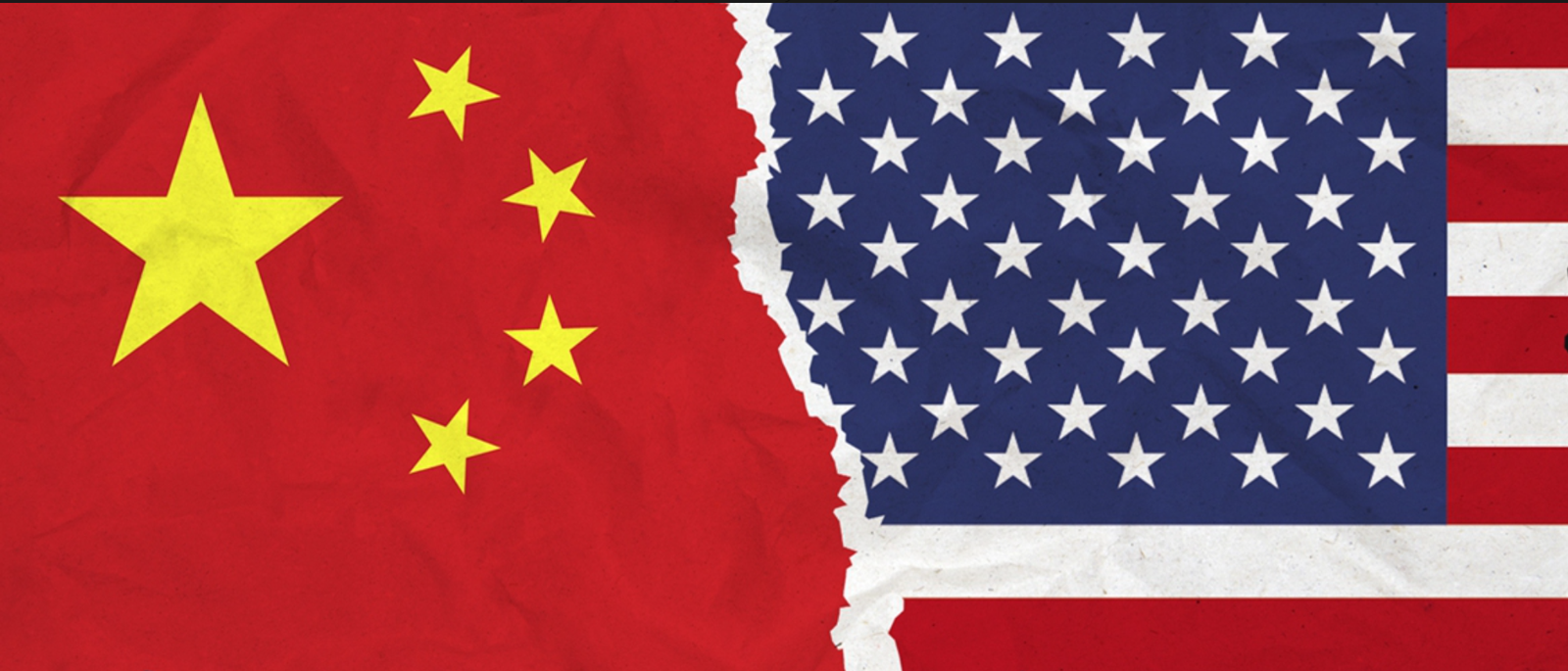US-China Tariff War Solutions
The ongoing trade war between the US and China has sent waves of uncertainty throughout global markets, especially for businesses relying on cross-border trade. For importers, the fluctuating tariffs can result in higher costs, eroding profit margins and disrupting supply chains. However, with the right strategies, companies can mitigate the impact of these tariffs and even find opportunities in this challenging landscape. In this article, we’ll explore effective solutions to navigate the US-China tariff war, including alternative sourcing options and practical ways to reduce import costs.
1. Understanding the Impact of the US-China Tariff War on Imports
The US-China tariff war has been a key concern for global businesses, especially those importing goods from China. While tariffs on Chinese imports have risen sharply over the past few years, the immediate impact varies depending on the product category, sourcing strategies, and business adaptability. For importers, the core challenge is managing the additional costs without significantly increasing the price for customers.
Despite the rising tariffs, businesses don’t have to panic. With well-planned strategies, you can reduce the financial burden and maintain competitive pricing. For example, if you’re importing high-margin, low-competition goods, the impact of tariffs may be more manageable, allowing you to pass on some of the costs without losing market share.
To explore how you can adjust your import strategies and minimize tariff impacts, we recommend a consultation to discuss tailored solutions for your business.

2. Effective Strategies to Mitigate US-China Tariffs
As tariffs continue to increase, US importers are seeking strategies to avoid or minimize the impact of these import taxes. Here are some proven methods to reduce tariff costs:
Reevaluating Product Classification: Sometimes, tariffs can be minimized by changing the classification of the imported goods. It’s important to review the Harmonized Tariff Schedule (HTS) to see if your products can be classified under a different category that attracts lower tariffs. Consulting with a customs expert can help you explore these possibilities.
Sourcing from Other Countries: One of the most effective ways to avoid the steep tariffs on Chinese products is to diversify your sourcing. Countries like Vietnam, India, and Mexico have been seen as alternative manufacturing hubs that are less affected by the US-China trade tensions. By shifting part of your supply chain to these countries, you can reduce the tariff burden and potentially lower overall costs.
Taking Advantage of Duty Drawback Programs: The US has duty drawback programs that allow businesses to claim refunds on tariffs if the imported goods are subsequently exported. If you’re exporting goods from the US or selling to markets outside of the US, you may qualify for these refunds.
While these strategies can help you reduce tariff impacts, every business’s situation is unique. We offer tailored consultation services to help you explore the best options for minimizing tariff costs. If you’d like to discuss specific strategies for your business, we’d be happy to assist.
3. Exploring Alternative Sourcing Countries: Reducing Dependence on China
The ongoing tariff war has made it clear that over-dependence on a single sourcing country, especially China, can be risky. To reduce the impact of tariffs, many businesses are exploring alternative sourcing countries. Here are a few countries that could offer competitive advantages while avoiding steep tariffs:
Vietnam: As one of the most popular alternatives to China, Vietnam offers a competitive edge with low labor costs and favorable trade agreements with the US. Many manufacturers are already shifting part of their production to Vietnam to avoid higher US tariffs on Chinese goods.
India: India is emerging as a strong competitor in industries like textiles, electronics, and machinery. With favorable tariff treatments from the US, India is becoming an attractive option for importers seeking to reduce their reliance on China.
Mexico: Given its proximity to the US and the advantages of the US-Mexico-Canada Agreement (USMCA), Mexico is an appealing option for many businesses. With lower tariffs and logistical advantages, Mexico can serve as a viable alternative to Chinese sourcing.
If you’re considering shifting your supply chain to these countries, we can help you identify reliable suppliers and navigate the complexities of sourcing from new regions. Get in touch with us to discuss potential sourcing alternatives and ensure your business stays competitive in a volatile market.
- Allen Lin - Joysee Eyewear
- (+86) 13456050627
- Info@Joysee-optical.com
- 3dr Fl B3 81 ZhongHui Rd Wenzhou China
- Lun-Dom 08 AM - 10 PM Disponible
4. Reducing Import Costs: How to Leverage Tariff Reduction Programs
For businesses seeking to reduce the financial impact of tariffs, several methods can be implemented to lower import costs:
Tariff Exemption Programs: Certain product categories may be eligible for tariff exemptions or reductions. It’s essential to monitor the trade policy changes and ensure you’re taking advantage of any tariff exemptions available for your product types.
Consolidated Shipments: By consolidating your shipments, you can reduce the total number of shipments and lower shipping costs, which can partially offset the increased tariff expenses. This is a particularly effective strategy for businesses that import large quantities of goods.
Negotiate with Suppliers: Working with suppliers to adjust pricing based on the increased tariff costs can also help ease the financial strain. Suppliers may be willing to share the burden or work with you to find cost-effective solutions.
Our team has a wealth of experience in managing tariff reduction strategies and can guide you through available options that suit your business needs. Reach out to us for more details on how we can help reduce your import costs.
5. Staying Updated: Navigating Ongoing Changes in Tariff Policies
The US-China tariff war is constantly evolving, and new changes are introduced frequently. Keeping track of policy changes is critical for businesses looking to stay ahead of the curve. Here’s how you can stay informed:
Follow Trade News: Subscribe to reputable trade publications, government announcements, and industry newsletters to get the latest updates on tariff policies.
Work with Customs Experts: Consulting with a customs broker or tariff expert is crucial to understanding the latest rules and regulations. They can provide valuable insights into how changes in tariff policies may affect your business.
Flexible Pricing Models: In uncertain times, it’s important to have a flexible pricing model that allows you to adjust quickly to new tariffs or market changes. By monitoring tariff updates and adjusting pricing accordingly, you can protect your margins without losing customers.
We can help you monitor tariff policies and develop a strategy to stay ahead. If you need assistance in adjusting to these changes, feel free to reach out to us.
6. Long-Term Strategy: How to Prepare for Ongoing Tariff Battles
While the immediate impact of tariffs can be managed through various strategies, businesses should also consider long-term solutions. Preparing for future tariff increases or potential trade policy shifts requires a proactive approach:
Diversified Supply Chain: Ensuring that your supply chain isn’t overly reliant on one country or region will protect your business from future tariff hikes. By working with multiple suppliers across various countries, you can spread the risk.
Invest in Automation: Investing in automation and technology within your manufacturing process can help offset higher labor costs in countries outside of China, making your operations more cost-effective in the long run.
Strategic Partnerships: Establishing strong, long-term relationships with suppliers and distributors in multiple countries will help you secure competitive pricing and favorable trade terms.
If you’re looking for long-term strategies to safeguard your business against ongoing trade wars, we can help you plan and execute solutions that align with your goals. Get in touch to discuss how we can assist with your long-term growth.
Conclusion: Staying Agile in the Face of Tariff Changes
Despite the uncertainties surrounding the US-China tariff war, there are various ways to navigate these challenges and minimize the impact on your business. By diversifying sourcing countries, leveraging tariff exemptions, and staying informed about policy changes, you can protect your bottom line and maintain your competitive advantage.
If you’re unsure how these strategies can be applied to your specific business, don’t hesitate to reach out. We’re here to help you develop customized solutions that ensure your business thrives in the face of tariffs. Contact us today to get started.








